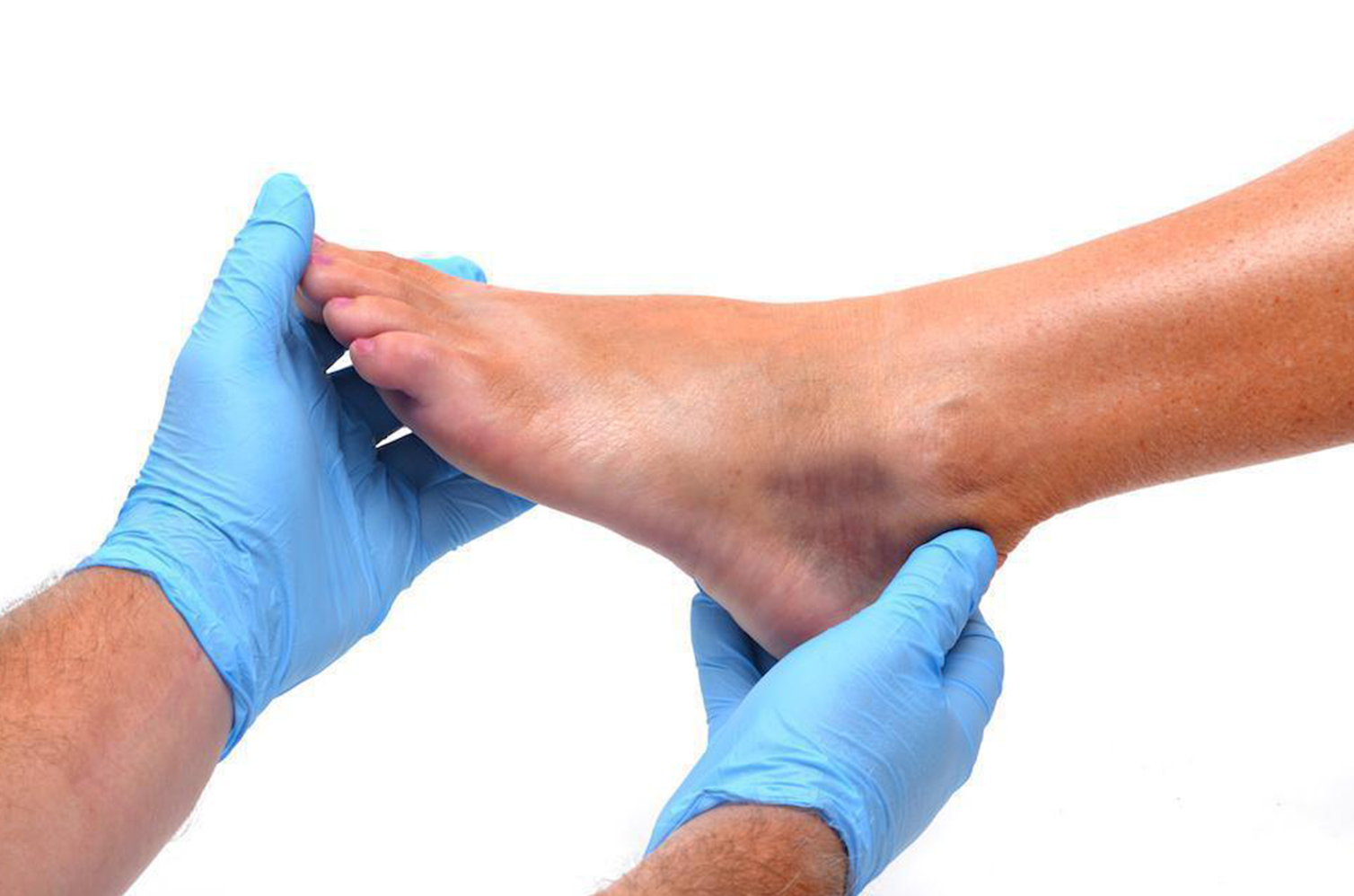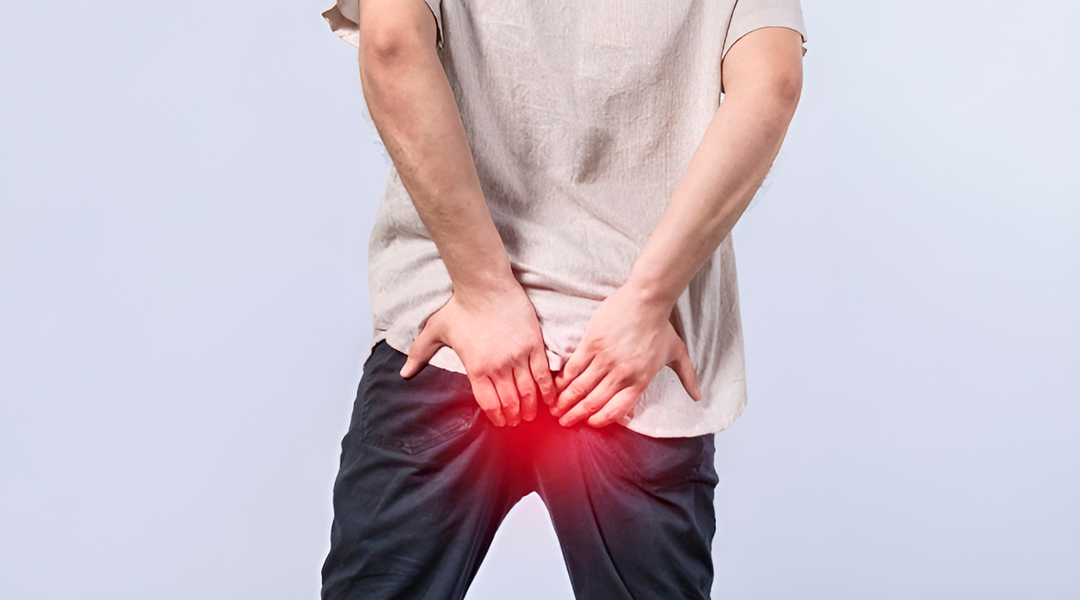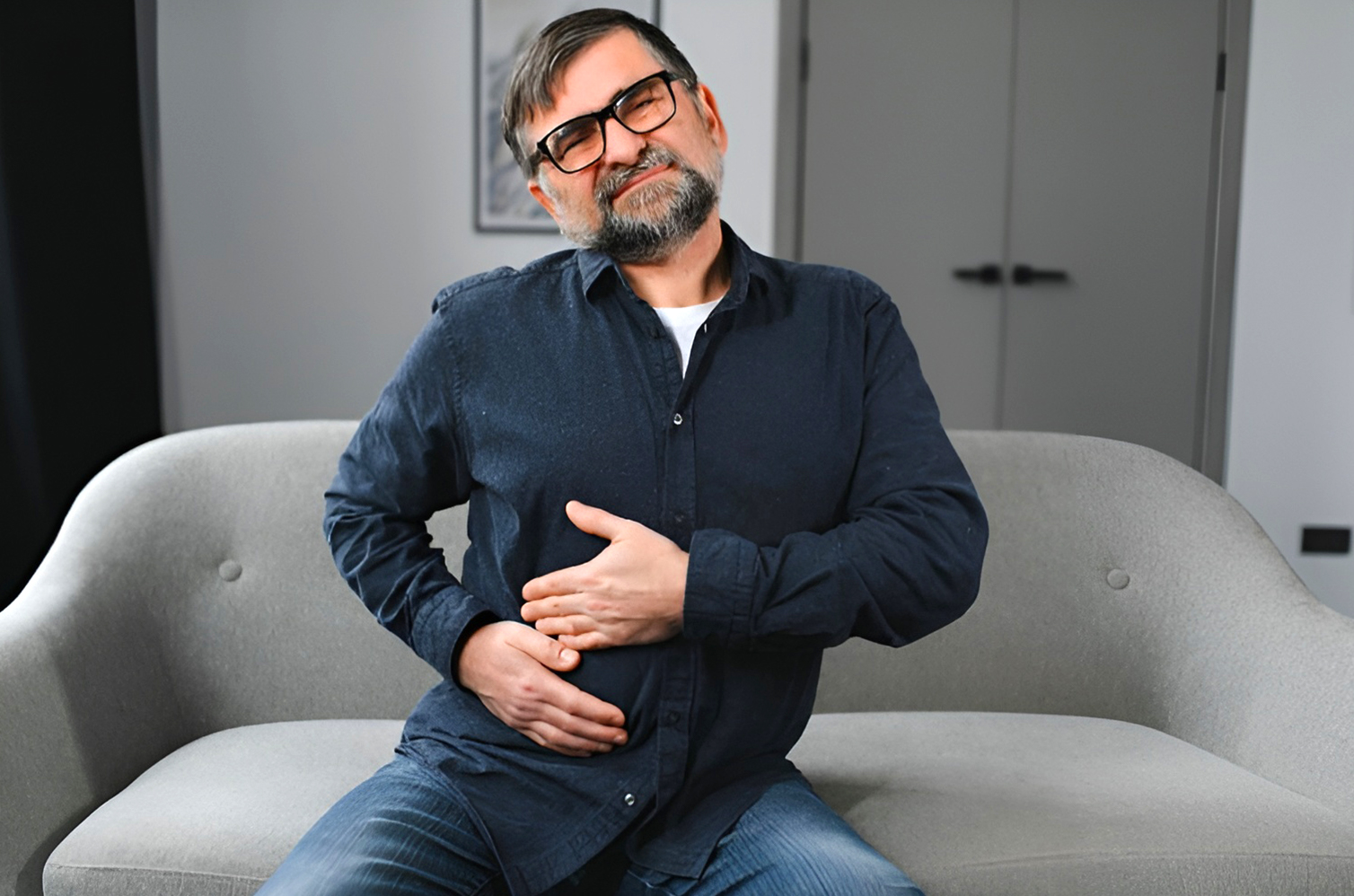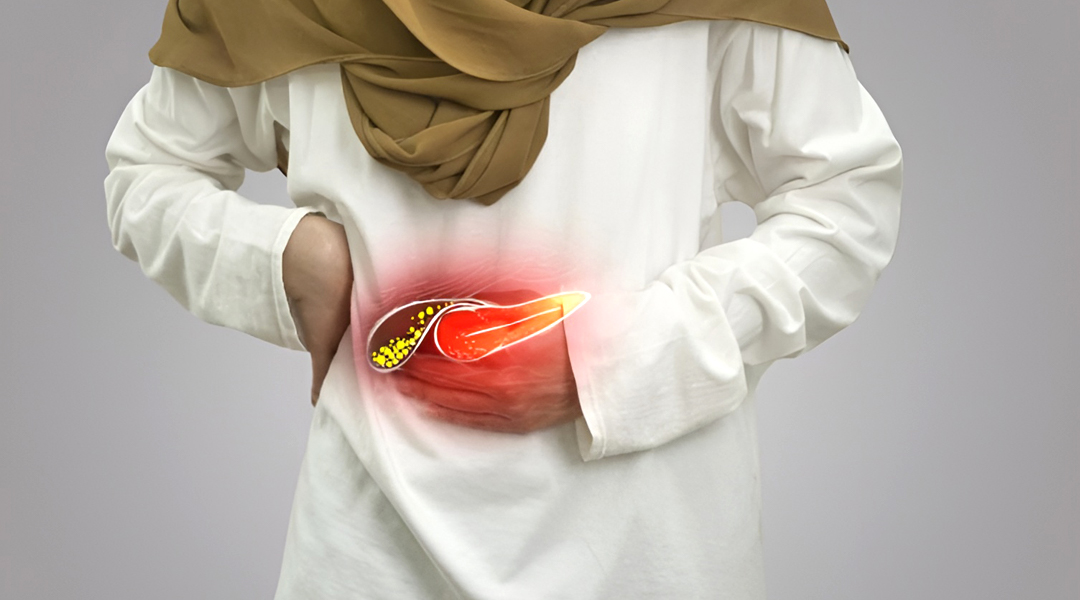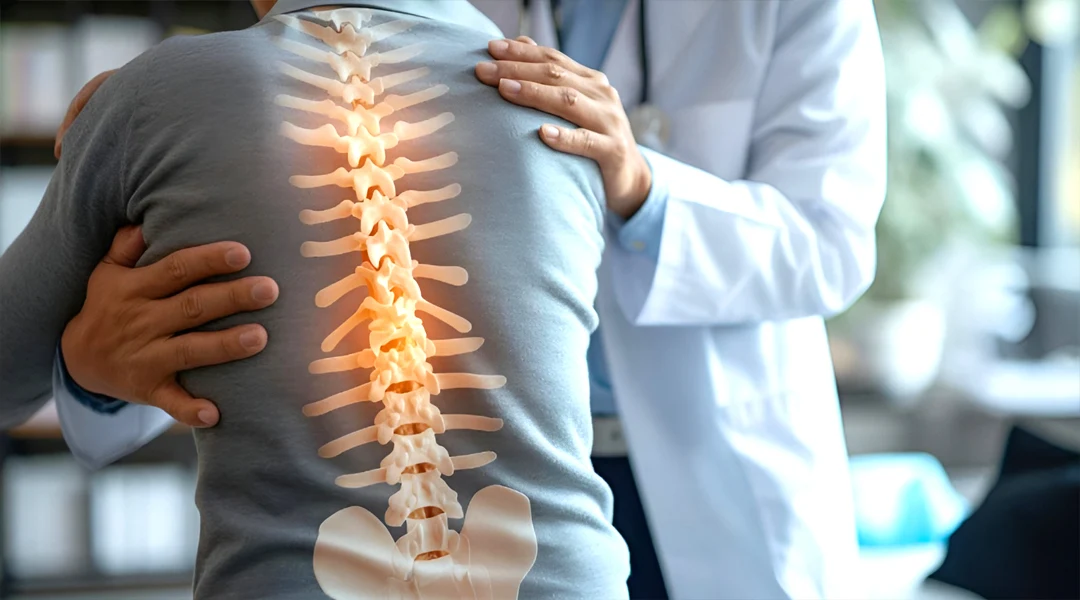At Tulip Multi-Speciality Hospital, Dr Arun Kumar KV is, senior orthopaedic and spine surgeon with over 15 years of experience. Under the expert care of, we successfully treated a challenging spinal cord injury case associated with multiple vertebral fractures and cervical myelopathy.
Our patient, Mr Jayaprakash, a 59-year-old male, suffered severe spinal cord injury after falling from a two-wheeler. Through timely diagnosis, advanced surgical stabilization, and careful post-operative care, he achieved a safe and stable recovery.
Understanding the Medical Conditions
What Are Spinal Fractures?
Spinal fractures occur when one or more bones in the spine (vertebrae) break due to trauma such as a fall, accident, or heavy impact. These fractures can range from mild compression to unstable burst fractures that threaten spinal cord function.
In this case, the patient was diagnosed with:
- D6 Unstable Burst Fracture
- D11 Stable Burst Fracture
- C3–C4 Myelopathy
These conditions required immediate surgical stabilization to prevent neurological damage and restore spinal alignment.
Detailed Case Overview
Patient Name: Mr Jayaprakash
Age/Sex: 59 / Male
Diagnosis:
• D6 Unstable Burst Fracture
• D11 Stable Burst Fracture
• C3–C4 Myelopathy
Procedure Done: D5–D7 Posterior Stabilization and Decompression (HCM – Implants)
Date of Surgery: 06.07.25
Consultant: Dr Arun Kumar K.V., Orthopaedic Surgeon
History of Presenting Illness
Mr Jayaprakash suffered severe back pain and weakness in both upper limbs after falling from his two-wheeler near his house on 21.06.25. He had no abdominal pain, vomiting or urinary/bowel disturbances.
At the time of admission, he was conscious, cooperative, and afebrile. His vitals were stable, and oxygen saturation was 97% on room air. Examination revealed spinal cord tenderness, especially in the midthoracic region.
Vital Signs:
- Temperature: 98.4°F
- Pulse: 70/min
- BP: 130/80 mmHg
- SpO₂: 97% on room air
- Blood Glucose: 219 mg/dL
Systemic Examination:
The cardiovascular and respiratory systems were normal, but tenderness was noted over the mid-thoracic spine.
Based on the mechanism of injury and clinical findings, imaging was performed – MRI and CT scan revealed multiple spinal fractures with cord involvement, confirming the diagnosis.
Understanding the Diagnosis
Let’s break down what each of these terms means — D6 Unstable Burst Fracture, D11 Stable Burst Fracture, and C3–C4 Myelopathy — and why timely treatment is crucial.
D6 Unstable Burst Fracture
The D6 vertebra is located in the mid-thoracic spine, at approximately chest level. Burst fractures occur when a high-energy injury causes a vertebra to break, causing bone fragments to “explode” outward.
An unstable burst fracture means that the fracture affects both the front and back parts of the vertebra, causing the spine to become unstable and potentially putting pressure on the spinal cord or nerves.
Causes:
- High-impact trauma (road traffic accidents, falls from height)
- Sports injuries
- Severe osteoporosis (in older adults)
- Metastatic lesions weakening the bone
Symptoms:
- Sudden and severe mid-back pain
- Pain radiating to the chest or abdomen
- Numbness, tingling, or weakness in arms or legs
- Difficulty walking or maintaining balance
- Loss of bladder or bowel control (in severe cases)

Diagnosis:
- X-rays and CT scans to identify vertebral collapse and bone fragments
- MRI to assess spinal cord involvement and nerve compression
Why “Unstable”?
When both the front and rear columns of the spinal cord are damaged, the vertebrae can no longer support the body’s weight or protect the spinal cord, increasing the risk of nerve injury.
Treatment:
- Conservative (non-surgical): For minor, stable fractures – bed rest, bracing, and pain management.
- Surgical (for unstable fractures): Posterior stabilization with pedicle screws and rods to realign and secure the spine.
Goals of Surgery:
- Relieve pressure on the spinal cord
- Restore spinal alignment and stability
- Prevent paralysis or deformity
In this case, D6 was an unstable burst fracture, so surgery was necessary to prevent neurological deterioration.
D11 Stable Burst Fracture
The D11 vertebra is located in the lower thoracic spine, near the upper abdomen. Stable burst fractures mean that the vertebrae are broken, but the posterior ligaments and spinal cord remain intact, keeping the spine stable.
Causes:
- Falls or accidents
- Heavy lifting or sudden jerks
- Degenerative bone disease
Symptoms:
- Localized pain in the lower back
- Mild stiffness or discomfort while moving
- Rarely, mild nerve irritation (without paralysis)
Treatment:
- Conservative management with bed rest and bracing
- Pain relief medications and physiotherapy
- Regular X-rays to monitor healing
In Mr Jayaprakash’s case, the D11 fracture was stable, so it did not require fixation but was carefully observed and protected during surgical stabilization of the D6 segment.
C3–C4 Myelopathy
The C3-C4 level is part of the cervical spine (neck).
Myelopathy refers to compression or damage to the spinal cord, often caused by a disc bulge, bone spur, or trauma.

Causes:
- Cervical spondylosis (age-related degeneration)
- Trauma or whiplash injuries
- Herniated disc compressing the spinal cord
- Congenital spinal canal narrowing
Symptoms:
- Weakness or stiffness in both upper limbs
- Difficulty with fine motor skills (buttoning, writing)
- Neck pain or stiffness
- Numbness or tingling in hands and arms
- Imbalance while walking
Diagnosis:
- MRI scan of the cervical spine shows spinal cord compression or narrowing
- Neurological examination assesses muscle strength, reflexes, and coordination
Treatment:
- Medications and physiotherapy for mild cases
- Decompression surgery if there’s significant cord compression, to relieve pressure and prevent permanent nerve damage
In this case, the myelopathy was associated with trauma and required careful management along with the thoracic stabilization procedure.
Why Early Diagnosis and Surgery Matter
If not treated promptly, spinal fractures and myelopathy can lead to permanent paralysis. Prompt diagnosis through MRI, CT scan, and neurological assessment, followed by timely surgical stabilization, ensures excellent recovery outcomes.
At Tulip Multi-speciality Hospital, all spinal cord injury cases are evaluated in a multidisciplinary manner, combining the expertise of orthopaedic surgeons, neurologists, and rehabilitation specialists to deliver the best outcomes.
Surgical Procedure: D5–D7 Posterior Stabilisation and Decompression
Given the severity of the D6 unstable fracture, Dr Arun Kumar K.V. performed posterior stabilization and decompression under general anesthesia.
Surgical Highlights:
- The patient was placed in the prone position on a bolster
- An incision was made in the midline of the back.
- Affected levels (D5, D6, D7) were identified using C-arm guidance.
- Pedicle screws were placed bilaterally at D5 and D7 and right side at D6
- Indirect decompression achieved, thereby relieving pressure on the spinal cord
- The wound was irrigated, a drain was made, and the incision was closed in layers
This technique restored the spine’s alignment, relieved nerve pressure, and prevented further damage to the spinal cord.
Post-Operative Care and Recovery
Following surgery, Mr Jayaprakash was closely monitored for neurological function and wound healing.
Care Plan Included:
- IV antibiotics and fluids
- pain management
- Drain care and sterile dressings
- Early physiotherapy and gradual mobilization.
He showed consistent improvements in upper limb strength and spinal stability. Upon discharge, he can sit with assistance and walk comfortably. Follow-up visits confirmed good healing and stable alignment on imaging.
Recovery Milestones:
- Able to sit and walk with support within a few days
- Progressive improvement in upper limb strength
- Clear wound healing and stable fixation on imaging.
Discharge Plan:
- Avoid bending, lifting, or jerky activities
- Continue brace support and physiotherapy
- Regular follow-ups to monitor spinal alignment and nerve recovery
Why Dr Arun Kumar’s Expertise Made the Difference
With over 15 years of experience in spine, trauma, and orthopedic surgery, Dr Arun Kumar K.V. is known for his precise and compassionate approach to complex matters
His specialization includes:
- Spinal Stabilization and Decompression Surgery
- Arthroscopy and minimally invasive orthopedic procedures
- Fracture fixation and trauma management
- Arthritis and joint care
In this case, his surgical expertise ensured that the spinal cord was safely decompressed while restoring the structural stability of the thoracic spine, allowing the patient to regain strength and function.
About Dr Arun Kumar K.V
Designation: Orthopaedic & Spine Surgeon
Experience: 15+ Years

Professional Expertise:
- Management of spinal fractures and spinal cord injuries
- Arthroscopy and keyhole orthopaedic procedures
- Joint replacement and arthritis management
- Treatment of ligament, tendon, and bone disorders
- Minimally invasive fracture fixation
Academic and Clinical Credentials:
- Trained in advanced orthopaedic trauma and spine surgery.
- Regular participant in national and international orthopaedic conferences.
- Committed to continuous innovation in surgical techniques.
Patient-Centered Philosophy:
Dr Arun Kumar believes that every surgery begins with trust. He emphasizes:
- Detailed education of the patient about the condition
- Clear communication with families before and after surgery
- Holistic recovery, combining medical care with emotional support.
He believes that orthopaedic surgery isn’t just about fixing bones — it’s about restoring quality of life.
Tulip Multi-speciality Hospital: Centre of Excellence in Orthopaedic and Spine Care
Tulip Multi-Speciality Hospital is equipped with advanced operating suites, C-arm guidance and state-of-the-art imaging facilities that ensure accurate diagnosis and safe spinal surgeries.
Our Orthopaedic and Spine Services Include:
- 24/7 trauma and emergency spine care
- Skilled surgeon and anesthetist
- Modern implant and fixation systems
- Minimally Invasive Spine Surgery (MISS)
- Comprehensive rehabilitation and physiotherapy
- Dedicated post-operative recovery ward
Each case is managed through a multidisciplinary approach, ensuring that patients receive complete care from diagnosis to rehabilitation.
Conclusion
The successful treatment of Mr Jayaprakash’s D6 unstable burst fracture, D11 stable fracture, and C3-C4 myelopathy demonstrates Tulip Multi-speciality Hospital’s excellence in the management of complex spinal cord injuries.
With Dr Arun Kumar K.V.’s surgical expertise and the hospital’s advanced orthopaedic infrastructure, a potentially debilitating injury was transformed into a story of recovery and resilience.
At Tulip, every patient receives precision-driven, compassionate care that restores mobility, strength, and hope.
What could have led to permanent disability was turned into a story of recovery and new life through timely surgery, expert car,e and holistic rehabilitation.
At Tulip, every life matters—and every spine deserves stability, strength, and healing.
Frequently Asked Questions (FAQ)
- What is a burst fracture?
A burst fracture occurs when a vertebra is crushed due to trauma, sending bone fragments into surrounding areas. It can be stable or unstable depending on spinal cord involvement. - What is the difference between stable and unstable spinal fractures?
A stable fracture does not compromise spinal alignment or cord safety, while an unstable fracture can lead to deformity or paralysis if untreated. - What causes spinal burst fractures?
They are usually caused by high-impact trauma like vehicle accidents or falls, but can also occur in weakened bones due to osteoporosis or cancer. - What is myelopathy, and is it curable?
Myelopathy is spinal cord compression that affects nerve function. Early treatment — surgical decompression if needed — can halt progression and restore strength. - How long does recovery take after spinal stabilization surgery?
Initial recovery takes 6–12 weeks, but full functional recovery may take several months with physiotherapy. - Can spinal implants remain permanently?
Yes, most implants are biocompatible and can safely stay in the body for life unless complications arise. - Why choose Tulip Multispeciality Hospital for spine surgery?
Because of its experienced surgical team, advanced technology, patient-first approach, and comprehensive rehabilitation support that ensures safe and speedy recovery.

